We have been updating you on various AI-based topics on this website for years now, but today we are going to provide you with facts about the types of AI.
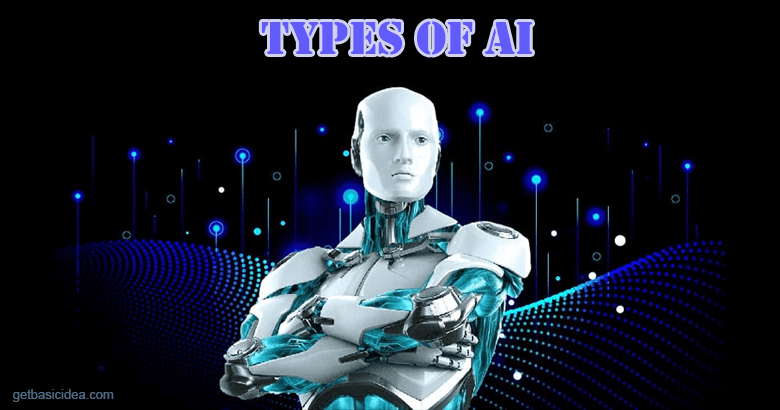
Well, there are mainly 4 types of AI that are classified at this moment. We can witness the existence of two of them while the other two are still concepts that the specialists are working on to bring to reality. The following types are those four types.
- Reactive Machines
- Limited Memory
- Theory of Mind
- Self Aware
Reactive machines
These are the most basic types of AI found. There is no learning occurring. This is the first stage of any Artificial Intelligence system. For example, a simple, reactive machine is one that accepts a human face as input and returns a box around it to identify it as a face. The model saves no inputs and does no learning.
Based on statistical logic, these models can process massive amounts of data and create fairly intelligent results.
These are also known as Reactional AI and are a type of AI that outperforms humans in some fields. Most notably, IBM's Deep Blue AI defeated chess grand-master Garry Kasparov in 1997. This type of artificial intelligence is also useful in recommendation systems and filtering out spam.
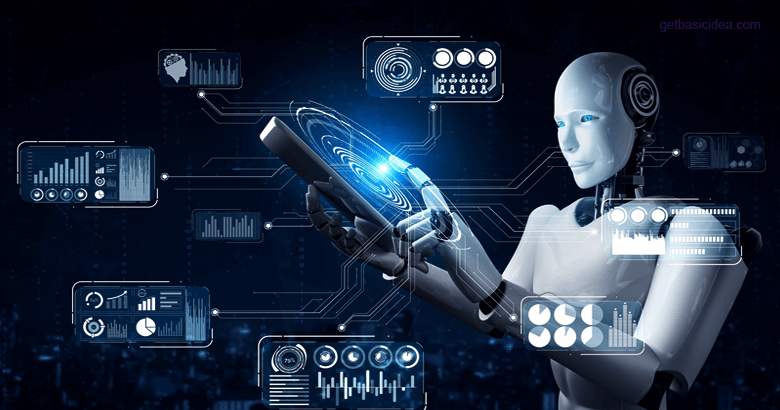
Examples of Reactive Machine types of AI
- Chess-playing programs: Traditional chess-playing programs follow a set of predefined rules and algorithms to determine the best move based on the current board configuration. They don't learn or improve their strategies over time but rely on programmed rules.
- Expert systems: These are computer programs that simulate the decision-making ability of a human expert. They use a knowledge base of predefined rules and facts to provide advice or make decisions within that domain.
- Spam filters: Many email spam filters use reactive techniques to identify and filter out unwanted emails. They rely on predefined rules and patterns to recognize spam, such as specific keywords, known sender addresses, or email formatting.
- Traffic light control systems: Traditional traffic light control systems operate on fixed timing schedules and predefined rules based on traffic patterns. They don't adapt to real-time changes in traffic flow or learn from past data.
- Automated assembly line robots: Robots used in manufacturing processes often operate based on predefined instructions and programming. They repeat specific tasks with precision but lack the ability to learn or adapt to changes in the production environment.
- Calculator programs: Basic calculator applications on computers or smartphones perform calculations based on fixed algorithms and rules. They don't learn from user input or adapt their functionality.
Limited memory
This algorithm reflects the way neurons in our brains interact, so it becomes more intelligent as it obtains additional information for learning. Deep learning algorithms enhance natural language processing, picture recognition, and other forms of reinforcement learning.
Limited memory AI can look into the past and track specific items or circumstances across time. The observations are then put into the AI, allowing it to take actions based on previous as well as current facts. However, due to limited memory, this information is not preserved in the AI's memory as an experience from which to learn, as humans may gain meaning from their achievements and failures. The AI improves with time as it learns more data.
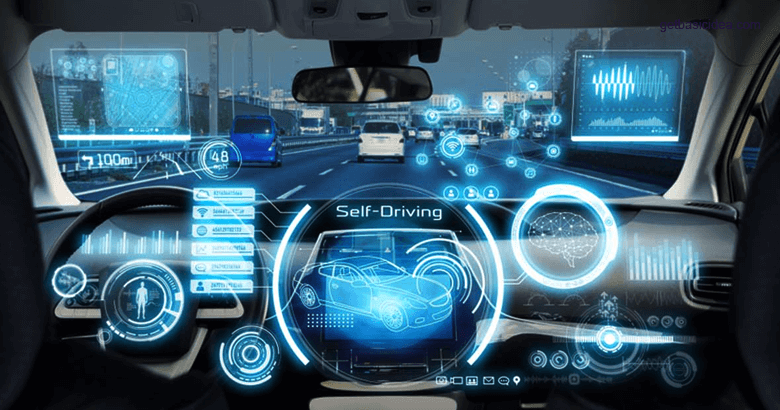
Examples of Limited Memory Types of AI
- Self-driving cars: Autonomous vehicles often use Limited Memory AI to process real-time data from sensors, cameras, and radar to make driving decisions. They may retain a limited history of past data to improve performance. However, their memory is constrained compared to human learning.
- Recommendation systems: Platforms like Netflix, Amazon, or YouTube use Limited Memory AI to analyze users' past behaviors and preferences to recommend movies, products, or videos. While they learn from user interactions, they operate within the constraints of predefined algorithms and a limited historical dataset.
- Language translation services: Translation services like Google Translate use Limited Memory AI to understand and translate text. They rely on pre-existing language rules and patterns, as well as a limited memory of past translations to enhance accuracy and context awareness.
- Fraud detection systems: Financial institutions employ Limited Memory AI to identify potentially fraudulent activities. This is done by analyzing transaction patterns and historical data. These systems learn from past instances of fraud but operate within the constraints of predefined rules and algorithms.
- Chatbots: Many chatbots use Limited Memory AI to understand and respond to user queries. They may learn from user interactions to improve their responses, but their knowledge is typically limited to the training data and recent interactions rather than a comprehensive understanding of the world.
- Customer service automation: AI-powered customer service systems often utilize Limited Memory AI to process and respond to customer inquiries. They learn from past interactions to improve accuracy but may not have a broad understanding of diverse topics.
- Medical diagnosis systems: AI systems in healthcare, such as those assisting in diagnostic processes, often operate with limited memory. They learn from historical patient data but may not have the capability to understand complex medical scenarios beyond their training data.
Theory of mind
Theory of mind and self-aware AI are two hypothetical sorts that could be developed in the future. There are currently no real-world instances.
If created, theory of mind AI could help us understand our surroundings and how people beings think and feel. As a result, individuals behave differently in comparison to people around them.
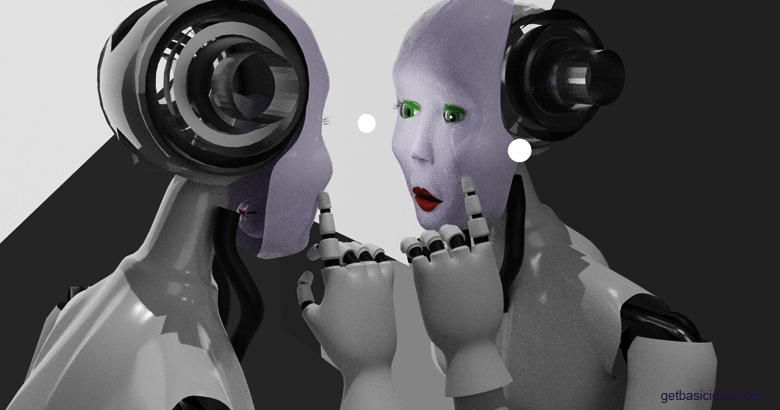
Interpersonal cognitive capacities allow us to process how our own opinions and feelings impact others, as well as how others affect us—this is the foundation of our society's interpersonal connections. In the future, theory of mind AI computers may be able to grasp intents and forecast behavior as if simulating human relationships.
Self-aware
The ultimate goal of AI growth would be to create systems with a sense of self, or a conscious awareness of their own existence.
This extends beyond the Theory of mind AI and emotional comprehension to self-awareness, state of being, and the ability to perceive or forecast the sentiments of others.
The current technologies are still far from self-awareness since so much remains to be discovered about the human brain's intellect, as well as how memory, learning, and decision-making function.
Super-intelligent types of AI
Super-intelligent AI could be mankind's final invention. Creating a sort of AI that is so advanced that it can generate AI beings with even greater intelligence has the potential to impact human invention forever. Such beings would surpass human intelligence and attain superhuman exploits. However, we are not very close to achieving this type of AI.
Brief history of AI
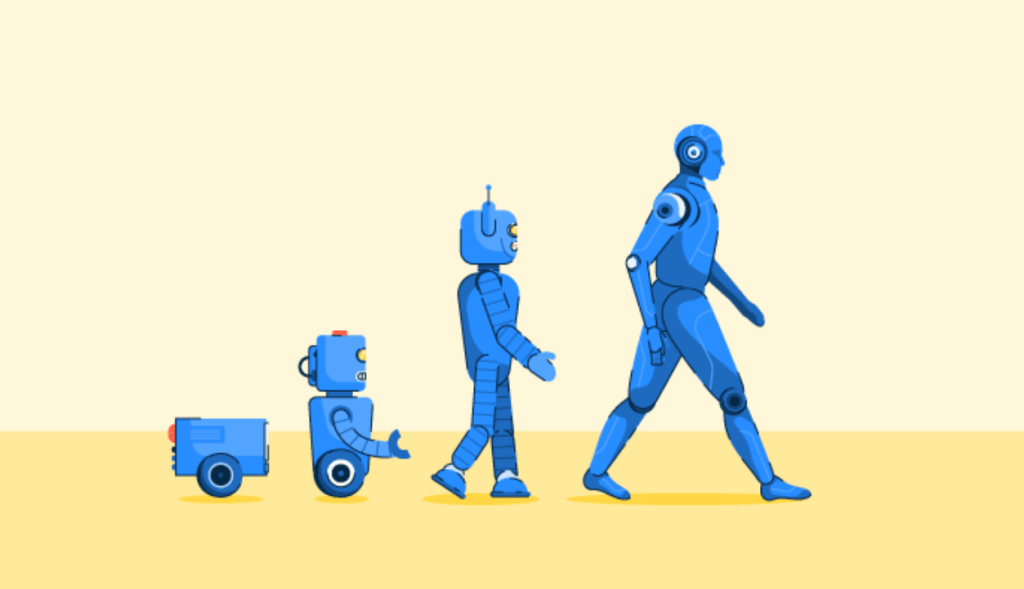
AI advanced substantially during the 1950s and 1960s, when computer scientists, mathematicians, and other professionals improved algorithms and hardware. Despite claims by AI pioneers that a thinking computer similar to the human brain was on the horizon, the goal remained elusive, and support for the area decreased. AI research experienced multiple ups and downs until regaining about 2012, fueled by deep learning.
Today, awareness of and usage of AI are at a high level, with advancements occurring on a daily basis. Generative AI platforms, such as ChatGPT, have sparked a lot of discussion in both the AI community and the general public. With the development of several generative AI models, AI is now a viable tool for creating unique text, images, and music that are indistinguishable from human-created content.
Author of Get Basic Idea – The Knowledge Base / Bachelor of Technology – BTech, Mechatronics, Robotics, and Automation Engineering.
